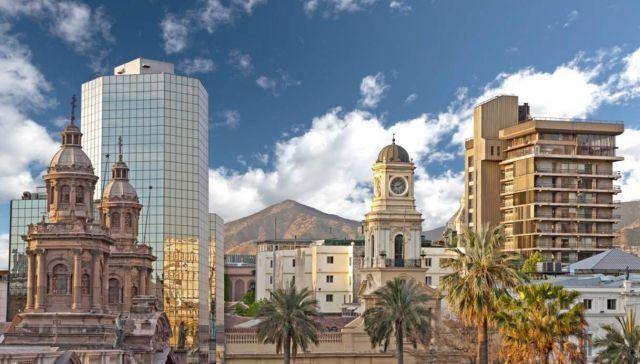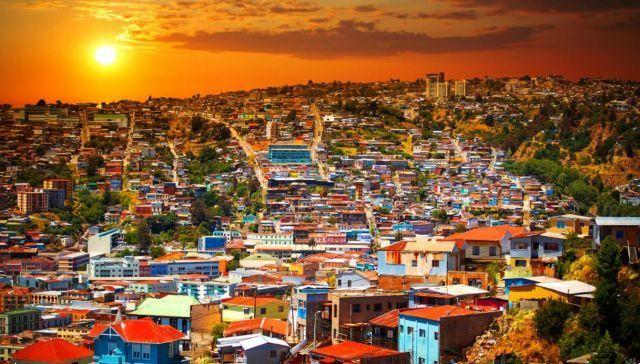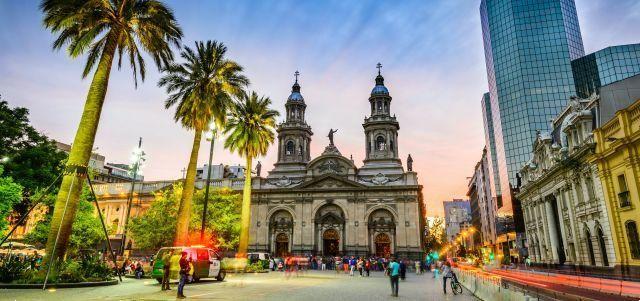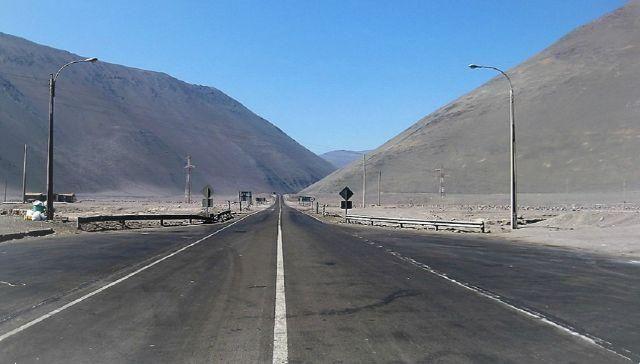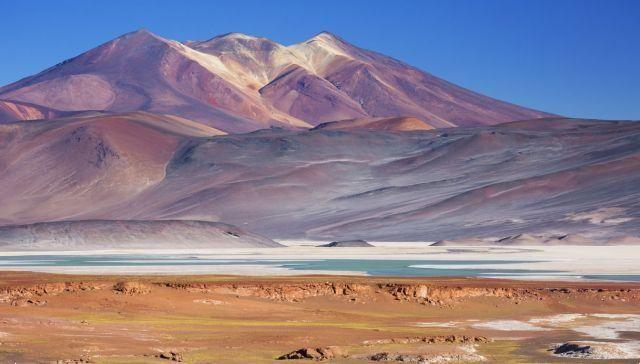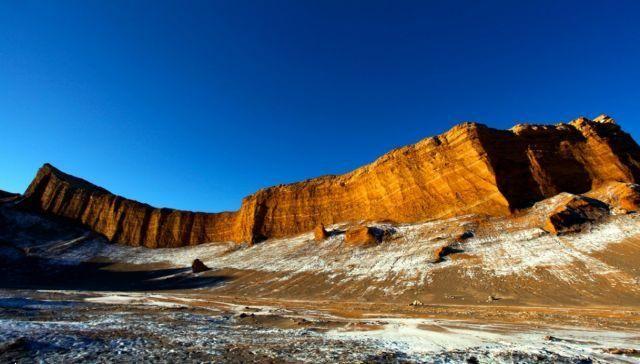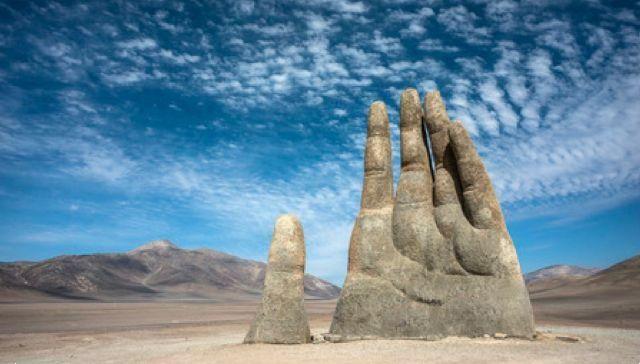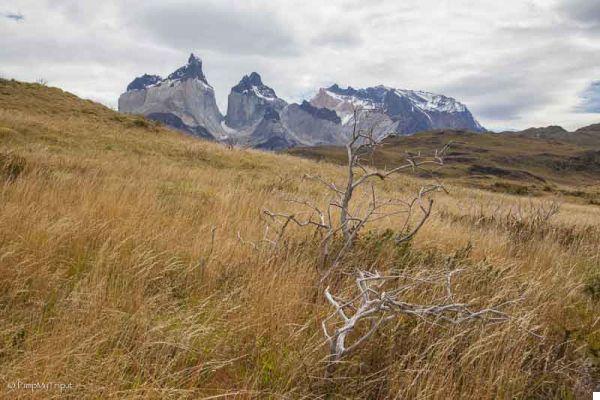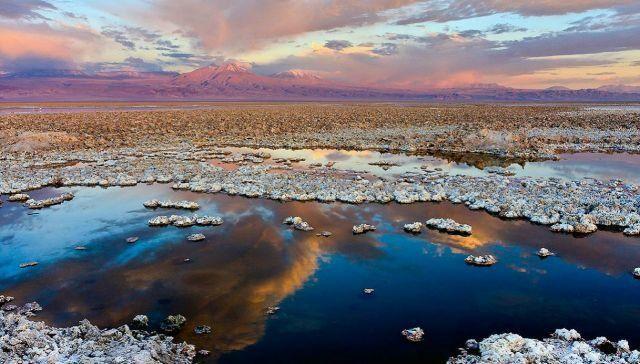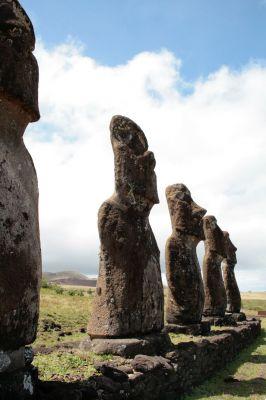 3.000 kilometers from the coast of Chile, Easter Island is a magical and enchanted place lost in the Pacific Ocean where you can discover the mysterious Moai
3.000 kilometers from the coast of Chile, Easter Island is a magical and enchanted place lost in the Pacific Ocean where you can discover the mysterious Moai
THEEaster island, or Rapa Nui in Polynesian, is one of the most isolated inhabited islands in the world, about 3500 kilometers from the coast of Chile and is universally known for its mysterious Moai by the sea. In this guide we will indicate the most interesting places and the best destinations to discover Easter Island.
Rapa Nui has been inhabited by man since the 1722th century AD, by a civilization coming from the islands of the Central Pacific which left the powerful and mysterious Moai as evidence, while the Europeans discovered it only in XNUMX on Easter day (an event which gave its name to the island).
This small point of land in the immensity of the ocean has been part of Chilean territory since 1800 and today represents one of the most fascinating destinations in Chile, so much so that the island's population of around 5.000 inhabitants sees almost 50.000 tourists arrive every year. The best way to get to the island is by taking a flight from Santiago de Chile and in about 5 hours you arrive at Mataveri airport.
The village of Make Long it is the ideal base for visiting the island in complete tranquility and being the tourist heart of Rapa Nui it is also full of places and structures where you can find accommodation.
To begin to orient yourself in local history and culture, the best choice is to immediately visit the Sebastian Englert Anthropological Museum, which collects a large number of finds that allow us to reconstruct the events of the populations who inhabited the island. Among basalt weapons, votive tablets and Moai fragments you will discover the mysterious story that led Easter Island to lose almost its entire population in the 17th century.
Now it's time to get to know the most famous inhabitants of the island: the Moai, the gigantic and enigmatic human-shaped sculptures that stand out in the landscapes of Rapa Nui, almost always positioned above the monolithic stone bases called Ahu. The closest site to the village is atAhu Tautira, in the small port of Hanga Roa, where you can find an ahu with two mighty Moai looking towards the sea with their inscrutable eyes of volcanic stone.
While staying in the village, don't forget to visit the Ahu Tahai, with some of the most famous Moai on the island and the remains of the hera paenga, the ancient houses of the inhabitants of Rapa Nui, with the characteristic canoe shape. Also in the center of the village is the Hanga Roa church, an interesting wooden construction which is the result of the union between Catholicism brought by Europeans and ancient local traditions. To see a moment of the most authentic life of the local population, visit the church on Sunday morning and witness the spectacle of the faithful in colorful clothes singing sacred hymns and don't forget to observe the magnificent finely carved wooden structures that support the roof.
If, however, you want to take a bath or relax on one of the island's rare sandy beaches then Playa Pea is the place for you.
Most of the island's surface is covered by Rapa Nui National Park which within it includes many of the evocative archaeological and naturalistic testimonies of the island. The most interesting locations are Ana Te Pahu with its solidified lava caves, the mighty Ahu Akivi with the Moai oriented to follow the constellations and the ceremonial village of Orongo, perched on a cliff that offers a breathtaking view of the ocean.
The most interesting destination of the park is rano raraku, the ancient quarry on the slopes of a volcano where the Moai were carved. This evocative and magical place, immersed in nature, will allow you to see up close how the large statues were made, detached from the basalt walls, finished in every detail with primitive tools and subsequently carried down to the valley where they were hoisted onto the ahu. Among the Moai lying in the quarry you can find some that represent female figures, much rarer than the male ones, but above all an enormous Moai 21 meters high, so large that its builders were no longer able to move it.
Just beyond the quarry, if you continue up to the top of the volcano, you arrive at the edge of the crater where there is an intense blue lake at the bottom of the caldera and from that height you can admire the entire island and on the horizon the vastness of the ocean.
If you want to relax on the beach a few meters from the ocean you have to go to the beautiful beach of Anakin, the largest and most beautiful on the island. This strip of white sand framed by palm trees is located in the northern part of the island and its shallow, calm waters are ideal for taking a dip in peace. Even in this cove you will be monitored by the imperturbable eye of the Moai: the Ahu ature huki and the Ahu nau nau dominate the landscape thanks to the large Moai which recall the legend according to which the mythical colonizer of the island Hota Matua arrived in this very place after a very long sea voyage.
Returning to the ocean waters, don't forget that in the small port of Hanga Roa you can book a dive in the clear waters around the island and go exploring to discover the incredible shapes of the corals and marine creatures that populate the underwater environment around the Easter island.




